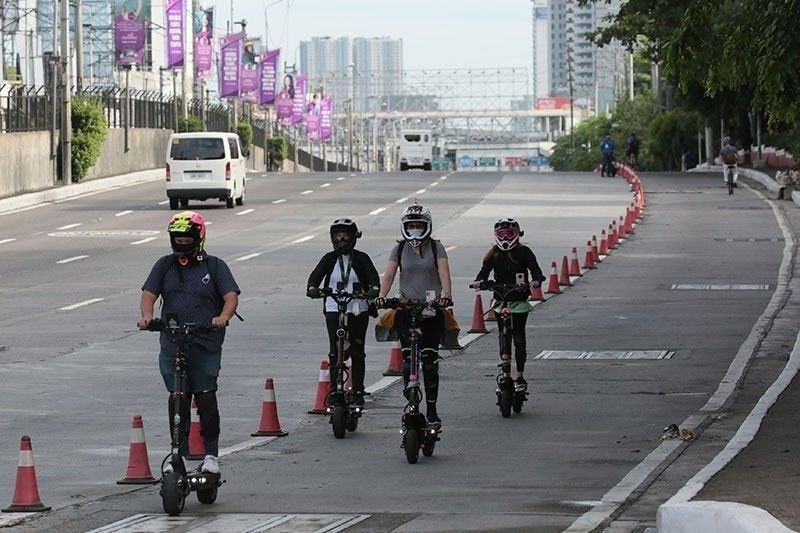
Phones with dual cameras are no longer niche devices nowadays, as evidenced by the launch of dual-camera equipped models of many OEMs in the past few months. ASUS is the latest company to launch their own dual-camera equipped device in the form of the Zenfone 3 Zoom. And while the original Zenfone Zoom managed to deliver on its promise of providing optical zoom capabilities in a handy package, it was lacking in both image quality and fidelity.
This year ASUS aims to change that with the ZF3 Zoom, which uses the dual-camera tech to achieve the promises of the original without sacrificing image quality.
ASUS Zenfone 3 Zoom specs
- Qualcomm Snapdragon 625 octa-core processor
- 3GB/4GB of RAM
- 5.5-inch, full HD Super AMOLED display, Gorilla Glass 5 protection, 1920 x 1080 resolution
- 32GB/64GB expandable storage
- Twin 12-megapixel rear cameras, Sony IMX362 image sensor, f/1.7 aperture, 1x, 2.3x optical zoom, laser AF, PDAF, EIS, OIS, 4K video recording
- 13-megapixel front camera, Sony IMX214, f/2.0 aperture
- Dual SIM
- 3G, LTE
- WiFi, Bluetooth, GPS, A-GPS, Fingerprint scanner, USB Type-C
- 5000mAh battery
- Android 6 Marshmallow, ZenUI

Initial impressions: impressive bokeh capabilities without software gimmicks
Before we dive into the ZF3 Zoom’s camera capabilities, let’s take a look at its externals first. The design of the ZF3 Zoom is quite familiar to anybody who has ever held the Taiwanese company’s mid-range offerings recently. The design of the metal body is similar to the ZF3 Max and ZF3 Laser – so much so that you’d probably mistake the phone for either of those units if it wasn’t for the conscipicous dual camera setup on the rear.

On the front though, the phone feels more like the original ZF3 with its 2.5D glass, and 5.5-inch Super AMOLED full HD display. The Super AMOLED panel looks pretty, bright and vibrant, and its brightness is more than enough to deal with the noonday sun.

The phone’s button layout is pretty much the same compared to ASUS’ other offerings – you have the volume rocker on the right along with the power button. On the left side sits the hybrid microSD/SIM slot. On the bottom sits the 3.5mm jack, along with the USB Type-C connector and the single speaker grille.

Inside the phone sits the same Snapdragon 625 octa-core processor that powers the original ZF3, along with either 3GB/4GB of RAM and 32GB/64GB of expandable storage. No surprises in the AnTuTu score of the phone, since the hardware arrangement is nearly identical to the ZF3 that we’ve already reviewed (that you can read here). Android Marshmallow powers the phone, along with our constant software nemesis, ZenUI. We’re pleasantly surprised to know that the ZF3 Zoom has a 5000mAh battery inside of it, which means a lot for the phone’s endurance, especially with the relatively power-efficient Snapdragon 625 octa-core processor.

With that out of the way, let’s talk about the cameras. The ZF3 Zoom has twin 12-megapixel rear cameras that have different zoom levels. One is set at 1x zoom, while the other is at 2.3x. The overall zoom levels for the cameras fall short of the original’s 3x zoom, but we’ll gladly take that reduced level for a slimmer phone.
Both cameras have f/1.7 aperture lenses which is impressive for a mid-range phone. This allows for a bunch of things – a lower aperture means that the lenses can collect more light, which means theoretically better performance in low light, and it means the phone can natively create impressive bokeh shots without the need for software tweaking, although you can do that as well with the included shooting modes in the camera. We’ve included a few shots for you to peruse during our limited time with the phone, which you can see below:
That’s pretty much it for this hands-on. No official price has been set for this phone in the Philippines as of yet. From what we can surmise, the pricing for this phone will fall close to the official SRP of the original ZF3, which may result in ASUS officially canning the 5.5-inch ZF3 and replacing it with this model. That’s our take on it anyway. The phone will hit stores worldwide by February.

















